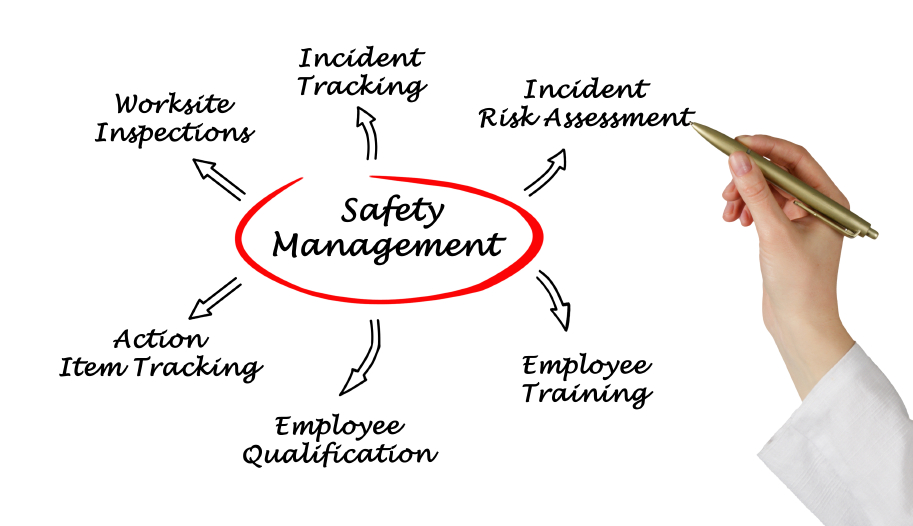
|
And at first, it looked like these incentive programs were working. Companies that implemented safety incentive programs saw their recordable injuries drop—and with them, their workers’ compensation x-mods and premiums.
Unfortunately, these programs didn’t really operate as intended in many workplaces. Workers who wanted their rewards would simply not report their injuries, and workers who were rewarded as groups would use peer pressure to discourage coworkers from reporting injuries. As a result, employers that believed their safety programs were working were actually leaving serious hazards and unsafe work practices unaddressed.
As a result, OSHA has been closely scrutinizing some workplaces and all incentive programs it encounters, looking for evidence of underreporting or of programs that could encourage employees to suppress injury and illness reports. Keep reading to find out how to avoid this and other pitfalls of safety incentive programs.
Join us on Wednesday July 1, for our in-depth webinar, Productivity vs. Safety: Strategies for Balancing Safety Priorities with Production and Quality Goals
Don’t: Suppress Reporting
Clearly, the biggest single problem with safety incentive programs is that if they are poorly designed, they tend to suppress injury and illness reporting. Incentive programs can suppress reporting when they reward “zero reportable injuries” or other metrics tied to injury and illness rates. So don’t tie workers’ incentives directly to injury and illness rates.
Don’t: Delay Gratification
A safety incentive that workers have to wait a long time to receive—for example, an end-of-year celebration or awards that are handed out at an annual ceremony—won’t be as motivating as an immediate reward. Small rewards (gift cards are popular) given immediately are much more effective.
When an organization does not balance safety, quality, and production objectives, the likelihood of success in any of these areas is likely low. Click here to learn more!
Don’t: Play Favorites
Supervisors and managers who “play favorites” by rewarding only certain workers can create resentment and noncompliance. Make sure your incentive program can be tracked and fairly administered.
Don’t: Blame Workers
Safety incentive programs that focus narrowly on worker behavior run the risk of making workers feel they are being held responsible for things outside their control. Make sure that workers understand that the incentive program is part of an overall management commitment to creating a safer workplace—and that they see and understand that it is only one small part of your overall safety program.
Just one more don’t: Don’t try to put a top-notch EHS program in place without any assistance or guidance! Do head over to Safety.BLR.com® to find the information you need!
